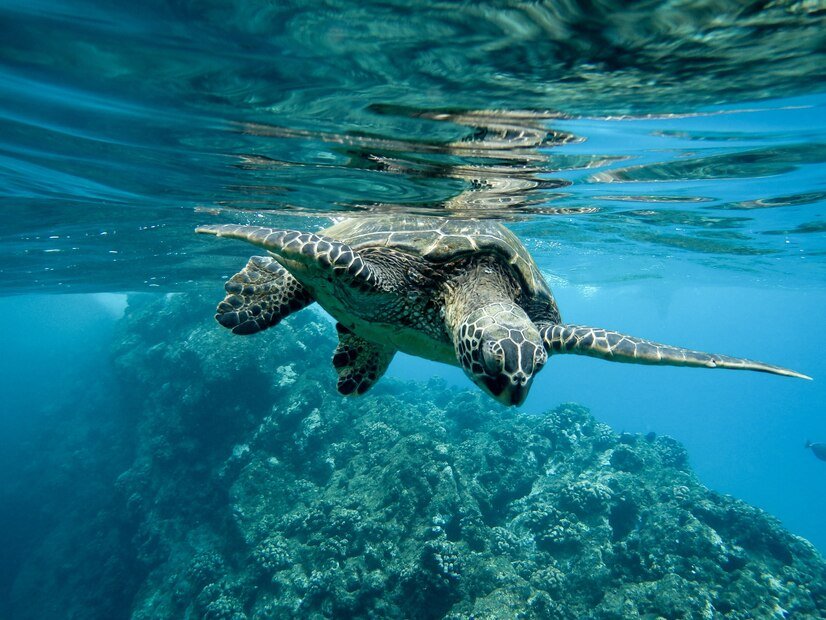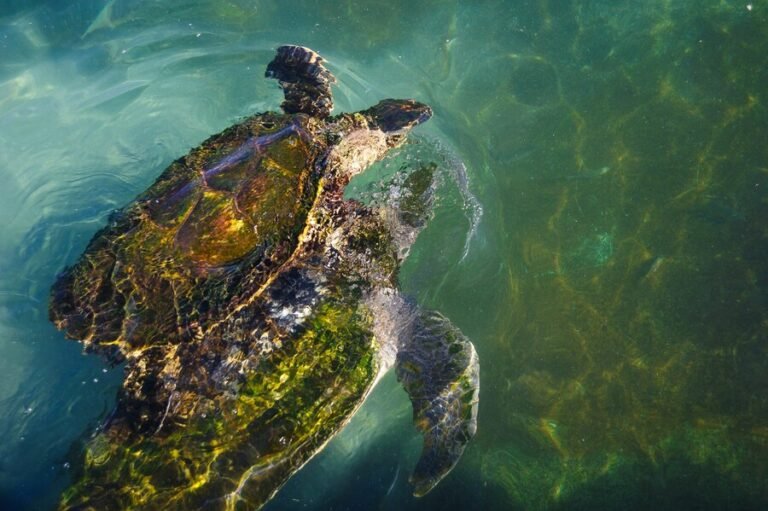If you’ve ever watched a sea turtle glide through the ocean, you know there’s something magical about these ancient mariners. They’ve been around since the time of dinosaurs, and their existence is a testament to their resilience. Today, I’m excited to take you on a deep dive into the world of sea turtles, with a special focus on the Taurus sea turtle and how long these majestic creatures can live. By the end of this post, you’ll gain a newfound appreciation for sea turtles and understand why they matter so much to our planet.
Understanding Sea Turtles
Sea turtles are fascinating creatures that have captured the hearts of millions worldwide. There are seven species of sea turtles, each with unique characteristics and habitats. These species include the Leatherback, Green, Loggerhead, Hawksbill, Olive Ridley, Kemp’s Ridley, and the Flatback turtle. Sea turtles inhabit tropical and subtropical oceans, with each species preferring different nesting and feeding areas.
Sea turtles are vital to marine ecosystems. For example, Green turtles help maintain healthy seagrass beds, which in turn supports other marine life. Hawksbill turtles keep coral reefs healthy by controlling sponge populations. Their existence is not only a remarkable facet of our planet’s biodiversity but also essential for the balance of marine life.
The Fascinating Longevity of Sea Turtles
Sea turtles are known for their long lifespans. On average, they can live between 50 to 100 years, with some reports of individuals reaching over 150 years. Several factors contribute to their longevity, including their slow metabolism and the relatively few predators they face as adults.
Their diet plays a crucial role in their long life. Sea turtles primarily feed on seagrass, algae, jellyfish, and other marine organisms, which provide essential nutrients for their health. Additionally, their natural behavior, characterized by long migrations and deep dives, aids in their survival by exposing them to fewer threats.
The habitat in which sea turtles live also impacts their lifespan. Healthy marine environments offer abundant food resources and safe nesting grounds, which are crucial for their survival. However, changes in climate, pollution, and human interference can threaten these habitats.
Focus on Taurus Sea Turtles
The Taurus sea turtle is a mythical creation that doesn’t exist in science, but let’s imagine it as a hybrid of different species for storytelling purposes. Suppose it possesses the strength of a Loggerhead, the grace of a Green turtle, and the vibrant beauty of a Hawksbill. This fictional Taurus sea turtle could symbolize the resilience and diversity of real sea turtle species.
If such a creature existed, its lifespan would likely be similar to that of existing sea turtles, potentially living up to a century or more. The Taurus sea turtle would thrive in diverse marine environments, benefiting from a varied diet and adaptive behaviors.
Although Taurus sea turtles are imaginary, research on real sea turtle species provides insights into their lifespans. Scientists continuously study their life cycles, migration patterns, and genetic diversity to understand how these factors influence their longevity.

Impacts on Longevity and Conservation
Sea turtles face numerous threats that can significantly impact their lifespan. Habitat destruction, climate change, entanglement in fishing gear, and poaching for their shells and eggs are just a few challenges. These threats can reduce their numbers and shorten their lives.
Conservation efforts are critical in safeguarding sea turtles and ensuring their continued survival. Protecting nesting sites, implementing sustainable fishing practices, and reducing plastic pollution are essential measures. Organizations worldwide are working tirelessly to protect sea turtles and their habitats through research, community education, and policy advocacy.
How to Get Involved
If you’re passionate about sea turtles and want to make a difference, there are several ways to get involved. Supporting conservation organizations through donations or volunteering can have a significant impact. Many organizations offer opportunities to participate in beach cleanups, monitor nesting sites, and engage in public awareness campaigns.
Spreading awareness about the plight of sea turtles is another powerful way to contribute. Sharing information on social media, participating in educational events, and advocating for policy changes can help raise awareness and drive positive change.
A Journey Worth Protecting
Sea turtles have been navigating our oceans for millions of years, and their longevity is a testament to their resilience and importance in our world. By understanding the challenges they face and actively participating in conservation efforts, we can ensure that these majestic creatures continue to thrive for generations to come.
